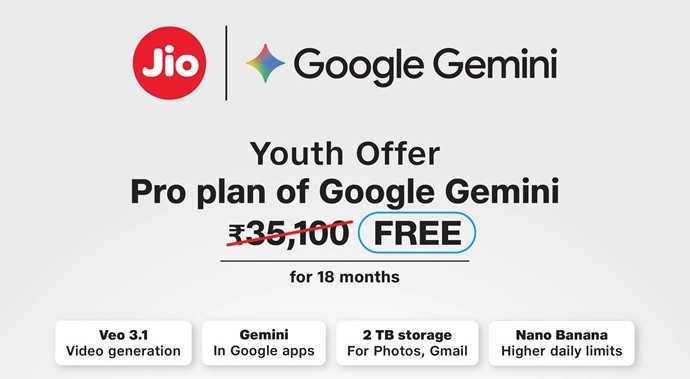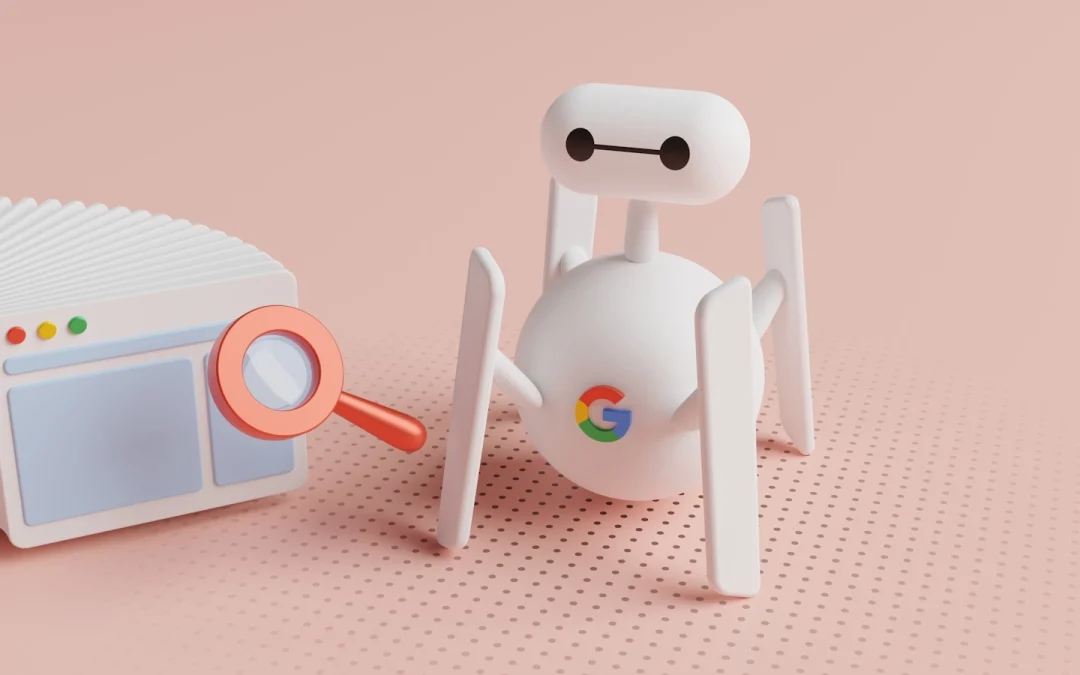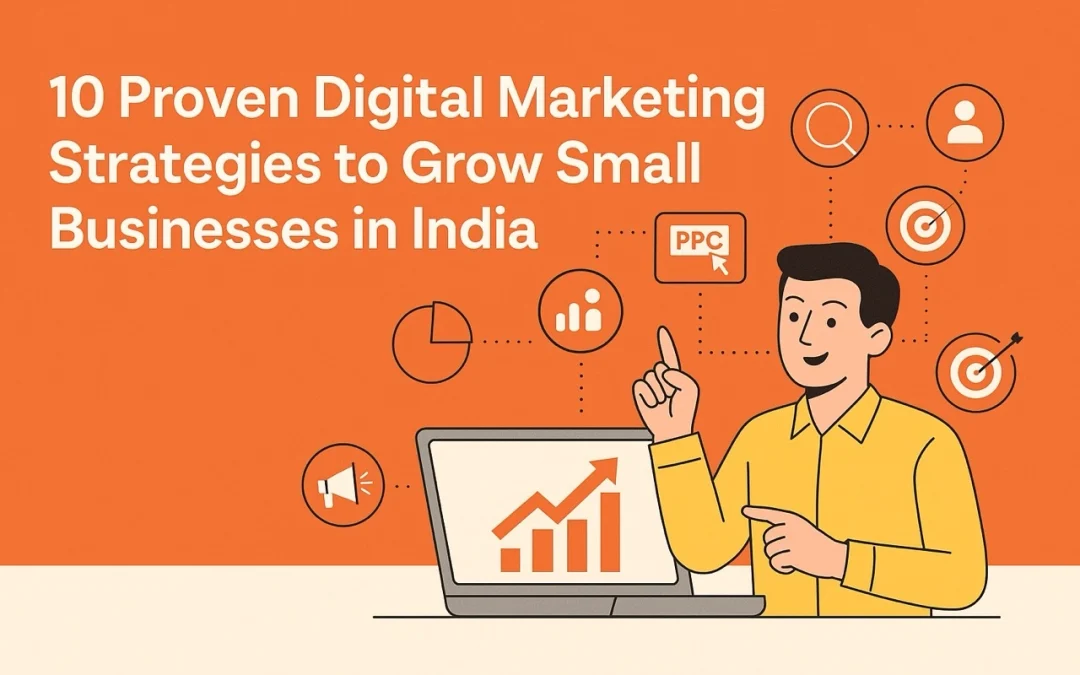At its core, the DOJ alleges that Google has used its dominance to control key parts of the ad tech “middle layer” — the plumbing that connects buyers to sellers in programmatic and open-web advertising. The complaint argues Google has:
- Monopolized the ad exchange market (notably via AdX)
- Locked in its publisher ad server (via DFP / Google Ad Manager)
- Tied these tools in ways that stifle competition and foreclose rivals
Google’s structure means it sits on both sides of many ad auctions. It controls demand (advertisers using DV360, Google Ads), supply (publishers via Ad Manager / DFP), and the marketplace (AdX). That vertical integration in ad tech is the DOJ’s chief concern.
In April 2025, a federal judge ruled that Google held illegal monopolies in the publisher ad server and ad exchange markets, and that it unlawfully tied those tools. (Reuters) That finding cleared the path for a separate “remedies” phase, where the court will decide exactly what structural or behavioral changes Google must make. (Digiday)
Meanwhile, Google is pushing back hard. It argues many of DOJ’s proposed fixes (like forced divestitures) are technically unworkable or would harm publishers and advertisers — especially smaller ones. (blog.google)
The stakes are high. The outcome could fundamentally reshape how digital advertising is bought, sold, measured, and optimized across the open web.
Why the DOJ Wants to Break Up Google’s Ad Business
The “ad tech monopoly” argument
The DOJ’s core argument is that Google’s dominance is not incidental — it is structural and self reinforcing. By owning the ad server (DFP / Ad Manager), the exchange (AdX), and the demand tools (DV360, Google Ads), Google can:
- Self-prefer its own bids in auctions
- Use first-party data to favor its ecosystem
- Foreclose competition by making it hard for publishers to use rival ad servers or exchanges
- Obscure pricing and make transparency extremely difficult
According to the DOJ’s filings, Google’s inner workings are opaque enough that rival bidders and publishers often don’t know why a particular ad won, or why one bid lost. That opacity enables subtle preferences that favor Google’s interests. (Digiday)
Possible remedies under consideration
To unravel this dominance, the DOJ is proposing several remedies, individually or in combination:
- Divest or spin off AdX Push Google to sell its ad exchange so it no longer controls the marketplace. (Reuters)
- Split or spin off Ad Manager / DFP Make the publisher ad server independent from Google’s ad stack. (Digiday)
- Open-source or external review of auction logic / bidding code Force Google to make its final decision logic transparent or auditable to level the playing field. (Marketing Brew)
- Behavioral constraints and data separation Ban Google from using first-party data from its owned properties (e.g. YouTube, Chrome) to advantage its ad tools. Impose rules on access, interoperability, contract terms. (Digiday)
The “remedies” piece is messy and technical — the hardest part of antitrust cases in modern technology. Judges must strike a balance: strong enough to break Google’s hold, but not so disruptive as to wreck publishers’ ability to monetize or advertisers’ ability to buy ads. (Search Engine Land)
Recent courtroom developments reveal Google has actually considered shutting down AdX internally as an option. (PPC Land) In one hearing, Judge Brinkema asked: “If the decision was to shut down AdX, wouldn’t publishers get the same demand from AdWords through Prebid instead?” (PPC Land)
Meanwhile, internal documents suggest Google has evaluated spin-out scenarios since 2020, including turning DFP (DoubleClick for Publishers, now part of Ad Manager) into a standalone cloud product. (PPC Land)
The Technical Core — Google’s Ad Auction System and Transparency
To understand what might change, we need a quick primer on how Google’s ad auction model works today — and why critics say it’s opaque.
When a user lands on a webpage, a cascade of real-time auctions kicks in. Publishers expose inventory, bidders send bids, and a “winner” is selected — often in under 100 milliseconds. Google’s ad server (DFP) and its exchange (AdX) coordinate those steps behind the scenes.
But here’s the hitch: the final “auction logic” — the code that decides which bid wins — is largely black box. Advertisers and publishers often lack visibility into how bid adjustments, signal weighting, data usage, tie breaking, or penalties are applied. (AdExchanger)
Imagine bidding in a silent auction, but you don’t know all the rules or who you’re competing against. That’s close to the current state. Because Google owns the code and controls the flow, it can favor its own inventory or services in subtle ways.
One proposed remedy is to open-source parts of the auction code or require external audits of Google’s decision logic. That would bring much more clarity: advertisers could see exactly why a bid lost; publishers could trace where fees or penalties apply. (Marketing Brew)
If Google must expose or externalize that logic, performance parity becomes more achievable. Advertisers could verify they are competing on fair terms. But it also means Google would lose a key advantage: how it tweaks and optimizes auctions internally.
Transparency could reduce “mysterious skews” or bid shading behavior. It might force all players to compete in a more level, observable environment.
But the counterargument: open code might slow iteration, leak trade secrets, or reduce Google’s ability to respond to fraud or real-time signals efficiently. The judge will need to assess technical feasibility in depth. (Marketing Brew)
What a Breakup Could Look Like
Let’s imagine three plausible structural scenarios post-ruling — and how each could reshape the online ad landscape.
Scenario 1 — Google Spins Off Ad Manager / DFP
In this scenario, Google’s ad server (Ad Manager / DFP) becomes a separate, independent company. Publishers would pick their ad server from multiple options instead of being locked into Google’s. That opens the door for non-Google servers to gain traction.
Impacts:
- Publishers would regain autonomy — they could route inventory across exchanges freely, not funneling everything through Google.
- Competition among ad servers might drive innovation, lower fees, and better flexibility.
- Advertisers might need to adapt to multiple ad server APIs, formats, and reporting schemas.
- Initially, migration costs and integration complexity could disrupt campaigns.
Scenario 2 — AdX Becomes Independent
Here, the ad exchange (where real-time auctions happen) is spun out. Google could still operate demand and supply tools, but the auction marketplace itself becomes neutral. This is the DOJ’s preferred scenario. (Reuters)
Impacts:
- Other DSPs or ad buyers might gain fairer equal access to inventory.
- Publishers could route inventory through multiple exchanges without fear of self-preference.
- Google would lose a core control lever in the ad stack.
- Ad rates might shift — inventory could become less “locked in” to Google’s stack, possibly lowering margins for Google but also raising yield for publishers.
Scenario 3 — Google Retains but Regulates
In this middle ground, Google keeps ownership, but is heavily regulated. The court could require:
- Open-sourcing or external audit of auction logic
- Interoperability rules (allowing other ad servers or bidders to integrate easily)
- Data firewalls preventing first-party data cross-usage
- Unbundling of contract terms or eliminating tying clauses
This approach resembles remedies in EU antitrust cases: structural changes where necessary, plus behavioral oversight.
Impacts:
- Google keeps control and continuity for advertisers, less disruption.
- But enforcement overhead is huge — regulators must watch compliance, audit code, penalize violations.
- Risk remains that Google might gradually re-reintegrate if rules are weak.
Each scenario has tradeoffs. A full breakup is bold but complex. Regulation is safer but might leave loopholes. The court will likely deploy a mix of both.
How the DOJ Case Affects Google Ads Advertisers
What should marketers and brands expect if this breakup or regulation happens? Let’s look short-term and long-term.
Short Term — Disruption, Uncertainty, and Shifting Metrics
In the months around a court ruling:
- Reporting structures could change — metrics, attribution models, and data flows might be disrupted.
- Bidding behavior may shift as auction logic changes or transparency is introduced.
- You might see volatility in cost per acquisition (CPA) or click performance, especially in Display, DV360, and Performance Max campaigns.
- Google and publishers may need transition periods — e.g., migrating ad servers or exchanges gradually. (Digiday)
- Some ad features could be temporarily paused or adjusted, especially during migration windows.
Advertisers heavily relying on Performance Max or tightly integrated Google networks might find their dependence risky. If Google’s system becomes more modular or open, performance gaps may emerge that need re-optimization.
Long Term — More Options, More Transparency, Stronger Strategy
Over time, the benefits begin to appear:
- Increased competition means more ad platforms, more inventory sources, and potentially lower costs.
- Brands will have better transparency: ability to trace bid wins, understand adjustments, and audit performance.
- You could see more parity in performance between Google and third-party DSPs if access is made more equitable.
- Campaign strategies will need to become more flexible: multi-exchange, cross-DSP, multi-server.
- Small advertisers may benefit from less “locked-in” ecosystems and clearer pricing. (AdExchanger)
One caveat: not all advertisers will thrive immediately. The transition phase is risky. Brands with lean teams or rigid infrastructure may struggle to adapt quickly.
The Ripple Effect Across the Ad Tech Ecosystem
A breakup would shake more than just Google. It could rewire the whole ad tech landscape.
Alternative Platforms Gain Leverage
Platforms like Amazon Advertising, Meta, TikTok, Microsoft Advertising, and new DSPs may suddenly find more room to compete. Brands might shift more budget away from Google as trust in its dominance erodes.
Independent DSPs and SSPs Get a Shot
In a more open environment, independent demand-side platforms (DSPs) and supply-side platforms (SSPs) can better challenge Google’s grip. Publishers could choose diverse SSPs without fear of Google interfering. Market participants who were squeezed out may re-enter. (Digiday)
Programmatic Strategy Evolves
Ad buying strategies must adapt:
- Multi-exchange arbitrage becomes more viable
- Auction tactics need rethinking — bid shading, competition modeling, latency costs
- Cross-platform attribution will matter more
- Tools that help manage complexity (conversion modeling, signal stitching) will become essential
If the open web becomes less Google-centric, programmatic strategies will diversify.
What Marketers and Brands Should Do Now
Even before any ruling, marketers can act now to future-proof operations.
Diversify Ad Spend
Start testing alternative ad networks. Don’t put all your eggs in Google’s basket.
- Run campaigns on Amazon DSP, Meta, TikTok, Microsoft — small scale initially.
- Use cross-platform analytics to compare performance across vendors.
- Keep at least a small “experiment budget” outside Google for flexibility.
Review Compliance and Data Practices
Audit how your data is flowing within Google’s ecosystem:
- Are you relying heavily on first-party signals exclusive to Google?
- Are you tied into opaque bid logic or reporting mechanisms?
- Prepare to decouple — ensure your measurement, attribution, and data pipelines can adapt.
- Stay updated on regulatory or transparency obligations — your partners may change.
Invest in Strategy Flexibility
Build ad systems that can pivot:
- Establish creative pipelines that work across platforms
- Build in modular bid logic — abstraction layers so you can switch DSPs or servers
- Maintain control over data and measurement so you’re not locked into one provider
- Train your team to adapt to shifting auction logic and rules
In short: be ready to change fast.
The Broader Industry Perspective
This case is part of a wave of antitrust scrutiny facing big tech. But it also carries lessons and precedents.
Past Tech Antitrust Lessons
Think back to Microsoft in the early 2000s. The courts hit the browser bundling issue, forcing unbundling and consent decrees. Over time, innovation caught up. The similarity? Regulators are cautious about structural disruption, but willing to intervene when dominance impedes competition.
In Google’s case, this is far more technical and nuanced — you’re wrestling with code, data flows, auction logic — not just product bundling. Remedies must be surgical.
Global Echoes
In the EU and UK, regulators have already challenged Google’s ad practices and pushed transparency rules. The UK’s Competition and Markets Authority recently designated Google as having “strategic market status” in search ads, paving the way for new rules. (AP News)
The EU has already imposed fines and mandated changes in how Google aligns its ad stack with data protection rules and ad tech competition. The U.S. case may borrow lessons, or diverge significantly.
For global brands, the result sets a precedent. A ruling in the U.S. could influence regulatory appetite in India, Europe, Australia — especially in markets where Google holds dominant ad share.
What It Means for Choice, Innovation, Competition
At its heart, this is about choice. If Google’s hold loosens:
- More ad tech innovation becomes possible
- Publishers regain control over monetization paths
- Small advertisers find more equitable entry points
- The web becomes less “Google-centric,” enabling alternative architectures
That said, the transition is painful. Some loss in efficiency, confusion, or performance will occur. The winners will be marketers who prepare early.
Conclusion
Google’s dominance in digital advertising has long been assumed — woven into how we build campaigns. But the DOJ vs Google ad tech case threatens to pull that assumption apart.
If Google is forced to spin off parts of its stack or open its tools, we could enter an era of greater transparency, competition, and choice. Campaigns won’t just run within Google’s walled garden. They’ll operate across more diverse exchanges, with cleaner data flows and clearer decision logic.
But change never comes free. The road ahead will require resilience. Early testing, flexibility, clean data architectures, and mindset shifts will matter more than ever.
Whether or not Google is broken apart, one thing is clear: diversification, transparency, and accountability will become the new currency of ad success.



















